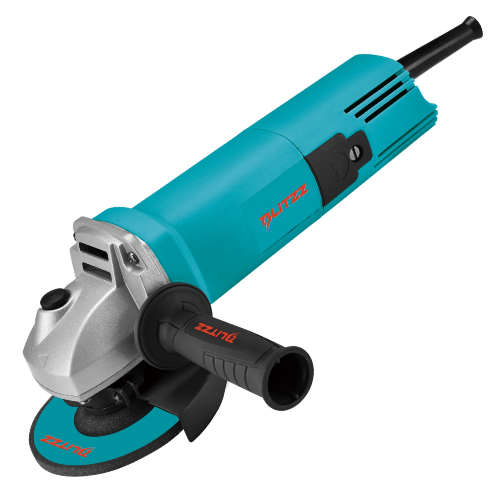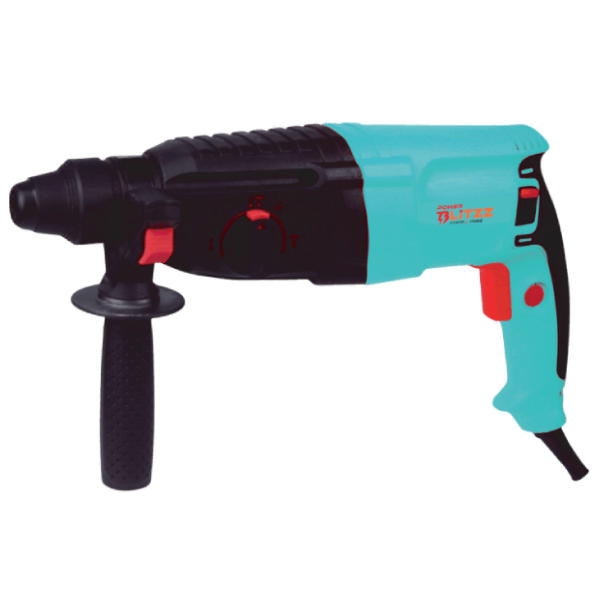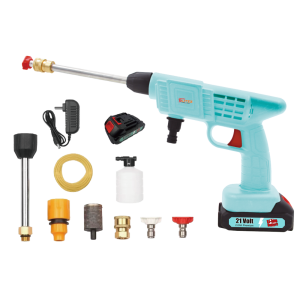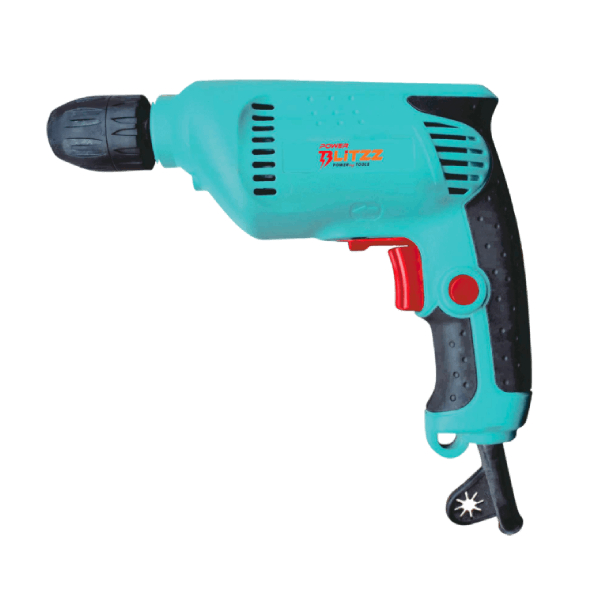

How to Safely Use an Angle Grinder for Home Projects?
The hum of a power tool can be music to a DIY enthusiast’s ears. Among these tools, the angle grinder is commonly used for various home projects. Whether you’re cutting metal, removing rust, or polishing surfaces, an angle grinder can make your task easier and more efficient. However, with great power comes great responsibility. Using an angle grinder safely is crucial to ensure your project’s success and, more importantly, your well-being.
Understanding Your Angle Grinder
An angle grinder is a handheld power tool that features a rotating disc that can perform various tasks depending on the attachment used. The angle grinder’s versatility makes it a popular choice for home projects, but it’s this same versatility that requires users to be extra cautious.
Essential Safety Gear for Using an Angle Grinder
When using an angle grinder, proper safety equipment is non-negotiable. Here’s what you need:
- Safety Goggles: Protect your eyes from flying debris and sparks.
- Face Shield: For added protection, especially when working with metals.
- Ear Protection: Angle grinders can be loud, so protect your hearing.
- Work Gloves: Choose gloves that offer both grip and protection.
- Dust Mask: When working with materials that produce fine particles.
- Sturdy Footwear: To protect your feet from falling objects.
Remember, wearing the right gear is your first line of defense against potential accidents.
Preparing Your Work Area When Using Angle Grinder
A safe working environment is crucial when using an angle grinder. Follow these steps:
- Clear the area of flammable materials.
- Ensure good lighting to see your work clearly.
- Use a sturdy workbench or secure your workpiece properly.
- When using angle grinders, make sure your kids and pets are at a safe distance.
- Have a fire extinguisher nearby, just in case.
Inspecting Your Angle Grinder
Before each use, give your angle grinder a thorough check:
- Examine the power cord for any damage.
- Check that the guard is securely in place.
- Ensure the disc is appropriate for your task and not damaged.
- Test the on/off switch to make sure it’s working properly.
- Verify that the handle is securely attached.
Proper Technique for Using an Angle Grinder
Now that you’re geared up and your work area is prepared, let’s talk about how to use your angle grinder safely:
- When using an angle grinder for any project, hold it firmly with both hands.
- Start the grinder before touching it to the work surface.
- Apply gentle pressure – let the tool do the work.
- Keep the grinding disc at a 15-30 degree angle to the work surface.
- Move the angle grinder in the direction opposite to the disc rotation.
- Avoid using the side of the disc for grinding, as this can cause kickback.
Common Mistakes to Avoid When Using Angle Grinder
- Using a damaged or incorrect disc.
- Removing the guard or using the grinder without it.
- Applying too much pressure, which can cause the disc to shatter.
- Grinding materials the tool isn’t designed for.
- Using the angle grinder when you’re tired or distracted.
Maintenance and Storage of Angle Grinders
Proper care of your angle grinder extends its life and ensures safe operation:
- Clean the tool after each use, removing dust and debris.
- Store the angle grinder in a dry place, away from moisture.
- Regularly check and tighten any loose parts.
- Replace worn brushes and damaged cords promptly.
- Keep discs clean and store them flat to prevent warping.
When to Seek Professional Help
While an angle grinder is a valuable tool for many home projects, some tasks are best left to professionals. Consider seeking expert help if:
- You’re unsure about the correct disc to use.
- The project involves working at heights or in confined spaces.
- You need to cut into walls where electrical wires might be present.
- The material you’re working with is unfamiliar or potentially hazardous.
An angle grinder can be a game-changer for your home projects, making difficult tasks manageable and adding a professional touch to your work. But no matter how experienced you become, always approach the tool with respect and caution.

Copyright © 2024 – Power Blitzz– All rights reserved.





